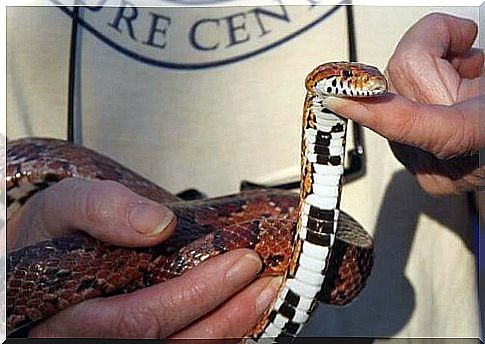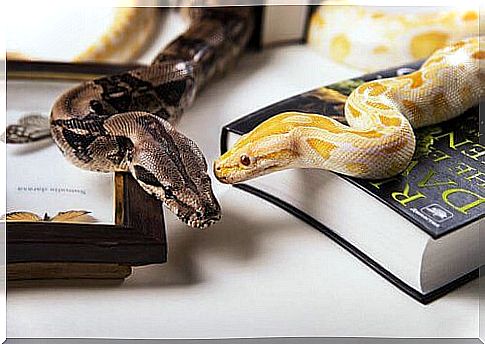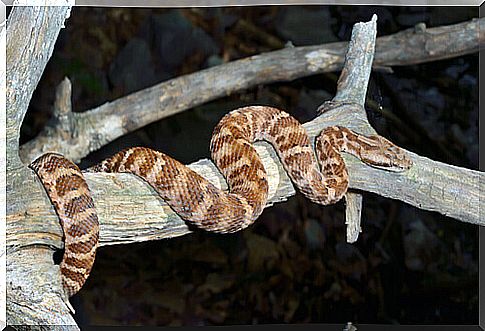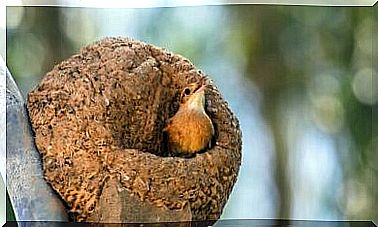How To Take Care Of A Pet Snake

More and more people around the world, both adults and children, are thrilled to have a snake in their home as a pet. It is always good to think about adopting and welcoming another living being. But we must avoid that this fashion becomes a danger both for humans and for the animals themselves. For this reason we thought we would write a detailed guide on how to care for a pet snake.
Legal rules and responsibilities for those who have a snake
It is never too late to remember that not all animals are suitable for living in a home. In Italy, there is a detailed list of exotic species considered illegal. Therefore, we recommend that you consult it before choosing a snake, based on its appearance only.
It is also necessary to clarify that captive breeding of endangered species is prohibited by law. The owner can face severe penalties, both financial and legal.
Therefore, it is essential to always check the provenance of these reptiles and consciously choose where to buy them. Try to contact officially registered shops and breeders, avoiding buying and selling from individuals or others who are unable to offer you adequate guarantees.

Another aspect not to be forgotten is that of poison. Possession of snakes or other poisonous living beings is not allowed in Italy. There is a law (Law no. 150 of 7 February 1992) which establishes the prohibition of keeping dangerous animals. This is a precaution to avoid the risks of a domestic accident but which could also negatively affect public health.
What to know before choosing a pet snake?
The term “snake” is commonly used to refer to various species of this family of scaly reptiles.
There is a great variety of snakes, for colors, characteristics and, of course, dimensions. Choose one of 5 meters or 20 centimeters, it will depend on how much space you have available in your home. The first advice we give you, if you want to buy an animal of this type, is to think carefully about this factor. All animals can become aggressive or sick if kept in an unsuitable habitat.
It is also necessary to consider the degree of sociability and the ease of domestication. Snakes will never get to behave like dogs, however, there are specimens that are well suited to living with humans.
The choice will also have to be made based on your experience. If you have never had a snake before, or if the animal is intended for a child, it is best to opt for species that are easy to manage, have a docile temperament and require little basic care. For example: the Grain Snake, the Indian Rock Python, the Royal Python or the Milk Snake.
Another important aspect is the financial one. Snakes can be very expensive pets . You have to consider the expense for the animal (bought in an exotic pet store), the purchase of a suitable terrarium and, of course, medicines and veterinary care.
One last important aspect: reptiles are very independent animals. That’s why they manage to survive in the wild world. This means that you cannot buy a snake and hope it will be pampered, like a cat or a rabbit.
Basic snake care: the ideal terrarium
If you want to have a snake in your home, you will first need to create a suitable habitat for it. This means reproducing the best possible conditions for his life.
The need to have a closed and protected place arises from the fact that you will never have to leave your reptile free in the house. Moving freely would pose a risk to both you and the animal itself.
Adult snakes can reach a length of more than 5 meters. Other breeds do not go beyond 20 centimeters. Find out about the development of the reptile you want to buy and buy a terrarium that allows it to recline and move without causing stress or anxiety.
Most species also need a small tub of fresh water, which will be used to cool off, hydrate and drink. Always respect their natural habits. Other specimens require branches to be able to curl up and hide, as if they were in their natural environment.
It is essential not to neglect the hygiene of the terrarium. A thorough cleaning should be done 1 or 2 times a week. As for the water, of course you will have to change it every day.
Choose the right climate for your snake
Snakes are cold-blooded reptiles. Therefore, they use external heat and light to regulate their body temperature. It is important to know in depth the breed of your specimen to satisfy its heat needs. For example, snakes from temperate climates are the only ones that hibernate during the winter.
As a general rule, the temperature of the terrarium should be between 26 and 32 degrees during the day. At night, you will have to adjust the thermostat to lower values, for example between 24 and 29 degrees.

Snakes of tropical climates do not hibernate and keep their food and activities regular throughout the year. But they need a specific microclimate when they are bred in captivity. They must have a high humidity (about 70%). Temperatures cannot be below 30 degrees in summer and 25 in winter. Compared to the light, it must be present from 10 to 12 hours a day.
Food – a key factor in caring for a snake
A snake’s balanced diet is based on a high consumption of animal protein.
Most species eat mice, small mammals, and birds. But some reptiles prefer to eat insects, crustaceans, fish and snails. It is best to choose snakes that eat these baits, since live feeds of this type are more readily available.
To ensure your snake has a healthy and happy life, regular visits to the vet will also be necessary , for example one or two visits per year. Reptiles also require medical attention and care to prevent any pathologies typical of the species.
Main image source: muffinn









